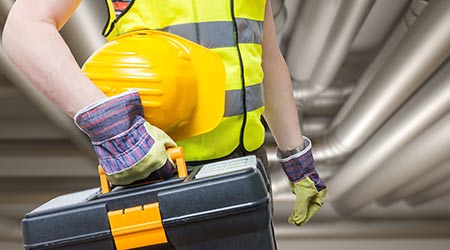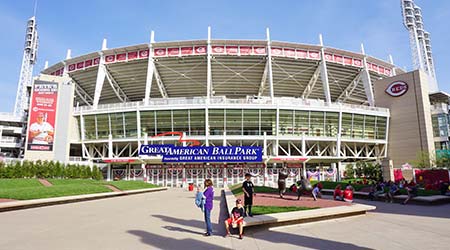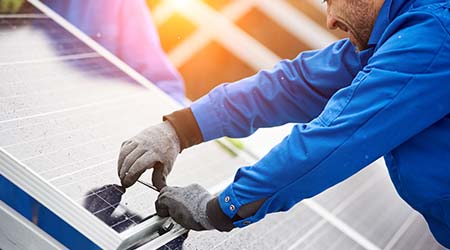
5 Methods for Tracking Space Utilization in Offices
April 9, 2019
How well do you know how occupants use your space? If your answer is "not very well," Dan Lorenz of AMS CAD + CAFM Solutions suggested five strategies, at NFMT 2019 in Baltimore, that managers should consider to get a better handle on your space utilization data.
1. Badging Systems — The advantage of using badging systems to understand how people are coming in and out of a facility is that it's a system that already exists. Therefore using it to determine space utilization is easier than starting from scratch with a new system. Badging systems are best for understanding employee use at a facility level — the number of employees actually in the building vs. the number working remotely on any given day, for instance. But that snapshot-in-time nature is also a con — it only allows a certain amount of depth of data.
2. LED Lighting Sensors — Best for meeting rooms, lighting sensors can tell you how often and for how long a room was used. This can help you get a better sense of whether some conference rooms are underutilized and could possibly be repurposed.
3. People Sensors (cameras) — This one is a little tricky — people will be constantly worried about whether "big brother" is watching. But as with any of these strategies for understanding how your occupants use space, the key is making sure they understand why the technology is being used (not to spy on them) and that their privacy is protected. For these people-sensors, which are used at the entrance to a room, they can give an accurate count of how many people are in a room at any one time. In other words, it provides live occupancy numbers for any room for which the people sensor is used. One NFMT attendee mentioned using this technology outside of bathrooms near cafeterias in his facilities, so that people nearby at their desks could check the web portal to see if restrooms were full before wasting time waiting in line. Lorenz said he hadn't heard of that application before, but if it worked for that facility, then why not? The downside to this technology is that it can be used on a room-level only, and there may be some privacy concerns from occupants.
4. Furniture Sensors (at desk or chair) — These sensors are great in office environments that don't have assigned seating. Facility managers can get very accurate utilization data to a very detailed level (there's virtually no limit to the analytics possibilities, said Lorenz) about how people are using office space. This type of sensor is best for getting "indisputable" data about how people use workspaces, said Lorenz. And this analysis can help determine if an organization has too much or too little space.
5. Bluetooth Beacons — This technology is already being used frequently in retail settings. When you walk into a store, the beacon picks up your smart phone's presence, and you get a notification about a sale or a coupon code because you've opted in to these offers with the retailer's app. For facilities, the Bluetooth beacons can be used in, say, a cafeteria so facility managers can better understand how and when occupants are using those facilities.
Greg Zimmerman is executive editor of Building Operating Management. Read his cover story on how buildings are tackling climate change.
Next
Read next on FacilitiesNet












